Stewart Island / Rakiura’s North West Circuit is one of the longest and hardest ‘mainstream’ tramps in New Zealand. I walked 100km of it in a clockwise direction from Freshwater Hut to Oban in a week in March 2021, during unusually good weather with minimal rain and manageable amounts of mud (which the track is infamous for). I enjoyed the solitude, seeing 36 people total in a week and having two of the six huts to myself.
Highlights included the views from and close to Big Hellfire Hut toward the coast and Big Hellfire Beach, and inland toward the Ruggedy Mountains.


Smoky Beach was my favourite of the many epic, sandy and empty beaches I walked along, particularly for the surreal dunes at the northern end.



Mason Bay, Christmas Village Bay, and Murray Beach were also pretty special.



The first day walking through the lowlands on boardwalk through a marsh was quite unusual tramping terrain, and completely different to the rest of the track.

Seeing my first kiwi in the wild was pretty cool, and there was more birdsong than usual in the bush, particularly on the west coast sections.

My favourite hut experiences were at Big Hellfire Hut and Christmas Village Hut as I had them to myself, and they were both tidy places in great locations.


Long Harry Hut was on a headland with great views, but I only had time for lunch there, while Bungaree Hut on the beach was ideal until a group of eight guys turned up with ten days of supplies to stay there.


From my own experience and talking to others on the track with experience, including a couple of volunteer DOC wardens who had spent a fortnight on the island every year for a decade, I learnt a few things that might be useful to anyone considering walking the track.
- Difficulty. The terrain is tough going and once more than a couple of huts into the track it is hard to make an easy exit if something goes wrong. With unpredictable weather it pays to be well prepared, and a good level of fitness is needed. This is significantly more challenging than any of the Great Walks. Having said that it was in some ways easier than expected if you’re able to carry enough supplies for a week or more, and get lucky with the weather. The track is very clearly marked, there are no areas of exposure for falls, only one river crossing to be careful with (on East Ruggedy Beach at high tide), the highest point of the track is ~400m above sea level, and the spacing of the huts encourages tackling one at a time.


- Timings. The DOC times are a guide, but appeared to be a challenge for most people I met on the track. I’m a fast walker, who rarely stops, but I was never more than an hour faster than the DOC times. Most people I came across were 1-2 hours slower. The Southern Circuit is apparently even more challenging, with almost no one able to match the DOC times. Allow plenty of time, this isn’t a track it is easy to rush through. If you’re short of time you’re better to fly to Mason Bay or catch a water taxi to Freshwater Hut or Port William Hut to save time rather than pushing it on the track.
- Direction. The DOC booklet describes the track in an anticlockwise direction, which judging by the hut books I’d guess is what two thirds of people do. The pros are that the DOC guidance is easier to follow, the scenery gets better as you head around, and the easier sections are at the start of the track when your pack is heaviest. The cons are that the track gets tougher as you go round (lighter pack but more tired and sore), as the more popular direction you may end up spending every night with the same people (which happened to a few people I met), and I think the hill descents are steeper in this direction. I was happy with my decision to walk it in an clockwise direction from Freshwater Hut despite the pros above, and think it contributed to me having two nights with huts to myself as I went against the flow of people starting at the weekend.
- Tides. Research these and plan your hike around them to avoid exposing yourself to unnecessary risk or additional time and energy. The most important one is Mason Bay, which is walkable within three hours of low tide. There is a high tide alternative route over the sand dunes but this is apparently, and understandably, exhausting. This is a bigger issue for those walking the track anticlockwise as it is a long and tough walk from Big Hellfire Hut to Mason Bay. I met a group who had set off at 6am to try and make the low tide, and I’m not sure they made it… Note that the tides vary at various points around the island, so do some research before starting the track as there is no information in the huts to help.

- Popularity. I walked the North West Circuit at the start of March 2021 and I saw 23 people in the huts (inc group of eight at Bungaree Hut), and 13 people on the track itself, other than the final couple of hours walking along the Rakiura Track. This was when Stewart Island / Rakiura was particularly busy, with all the accommodation booked up and ferries and flights often close to full. With the borders closed New Zealanders were finally making it down south to this wonderful place. Oban and Ulva Island were busy (relatively) but I don’t think this translated to the North West Circuit. Checking the hut book they appeared to be much busier two year prior, with larger groups on the track, and visitors from around the world (see the random hut book page below). Most of the advice online suggests not taking a tent as there is always space in the huts, which I think is still true but they can get busy at times if you like space. Note that this isn’t really any camping available at Big Hellfire Hut or East Ruggedy Hut, but there are campsites at their closet beaches.
- Weather. I was very lucky with only a few light showers during my week on the track, given that it rains 275 days a year on Stewart Island / Rakiura. It had also been mostly dry for the fortnight before so the mud was about as good as it gets. The weather is unpredictable, with a mix of sun and cloud everyday, but it’s a temperate place, and the highest hut is only 200m above sea level, and track section 400m above sea level, so you won’t need your alpine layers here.
- Mud. Even after a dry spell there was plenty about, making for often slow progress to navigate it carefully. It’s part of the attraction of the track though, an experience!



- Mobile phone coverage. With a Spark phone I had signal at Long Harry Hut (and on the rocky beach to the west of the hut), Lucky Beach, Christmas Village Hut, Murray Beach, and half way along Big Bungaree Beach. Generally if can see the South Island you can get signal.
- Packing. With the track typically taking 8-12 days to walk, and there being no supplies along the track, food will be your main weight. Other essentials to take are gaiters (for the mud and sand), poles (for the mud and heavy packs), a solar charger (for cameras, phones, etc), insect bite cream and repellent (for the sandflies and mosquitoes), and tide times (see above). It is always wise to carry topomaps (either printed or on your phone) but the track is well marked and clear to follow.
- Wildlife. Chances are you will see kiwi while walking on the track or close to one of the huts (near to Mason Bay Hut is a good spot). Apparently there are some tame deer who can often be found close to Yankee River Hut, and more are often found along the track south of Bungaree Hut. There were lots of fan tails along the track, and other native birds. There is definitely more bird life than you find in the bush in most places on the North and South Islands, particularly on the western side of Stewart Island / Rakiura. There are fewer pests than on the main islands but there are a lot of feral cats around sadly.
- Other wildlife. There are also large numbers of sandflies and mosquitoes, only Kahurangi National Park can compete in my experience for the number and density, at all huts from Port William Hut to East Raggedy Hut. Big Hellfire Hut was blissfully free of them as it’s 200m above sea level, and Mason Bay Hut was relatively benign as well.
To end with a couple of interesting snaps from one of the hut books. One shows the diversity of people who walked the track pre-Covid, while the other is definitely one of the more unusual comments I’ve seen!

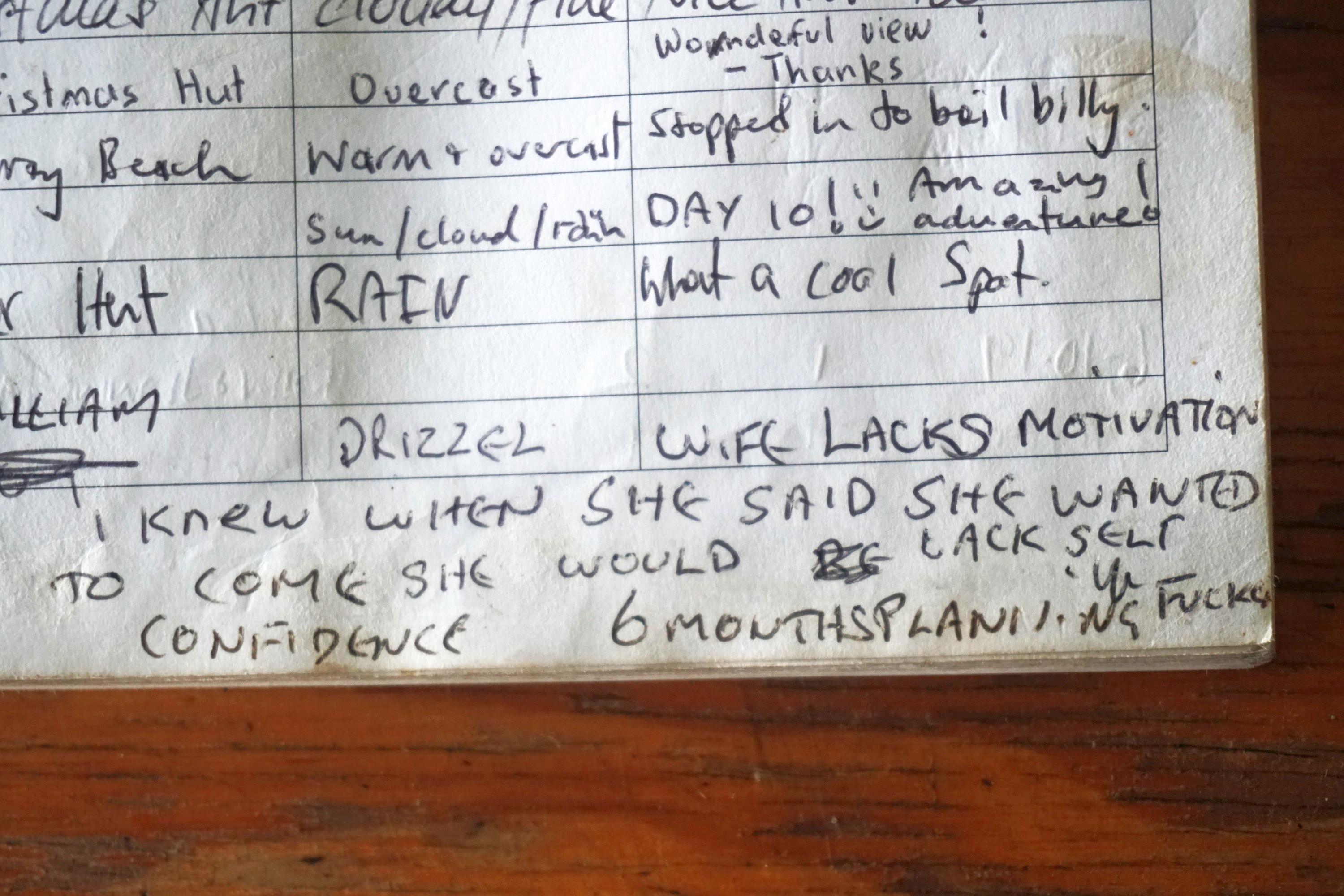
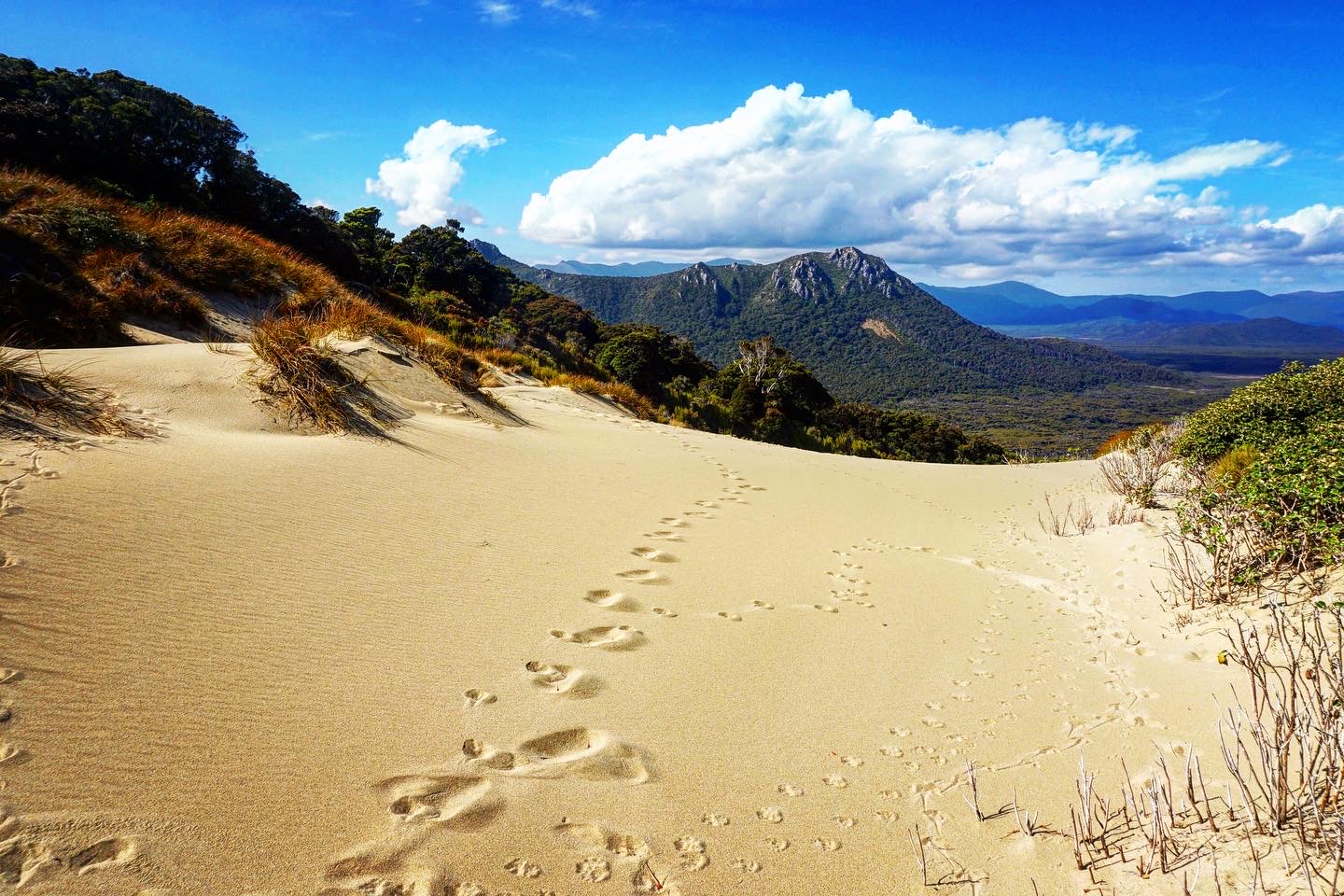
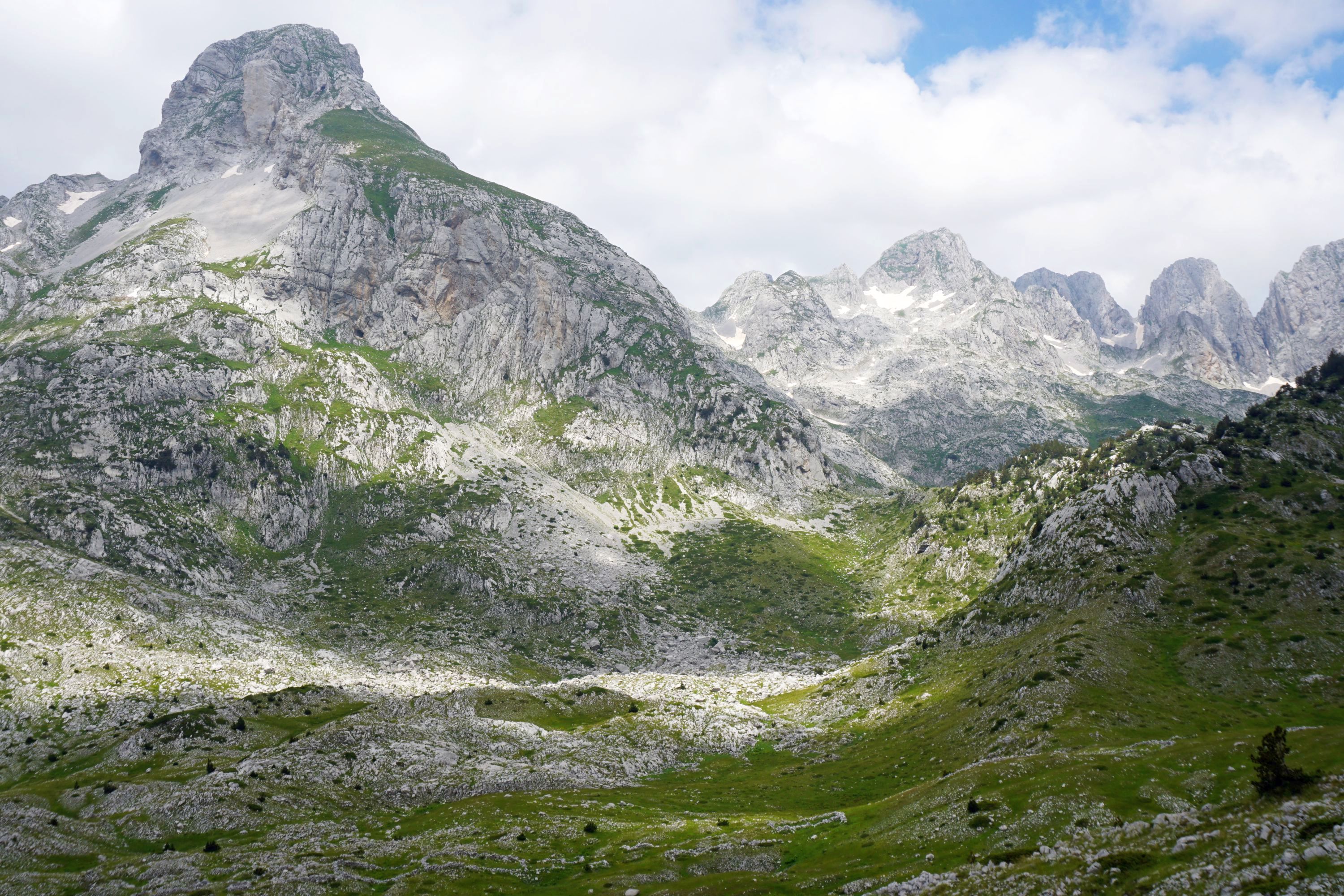
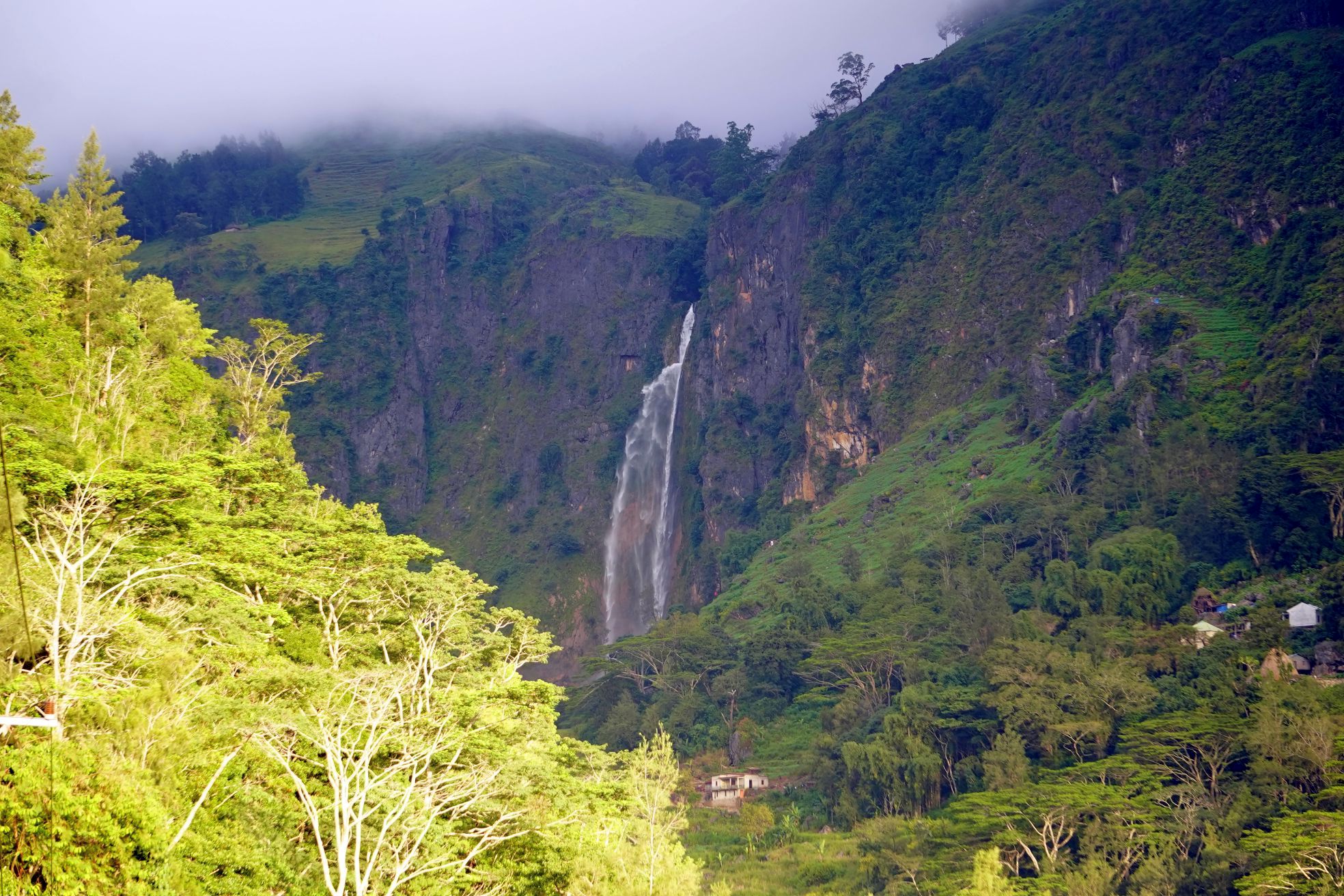

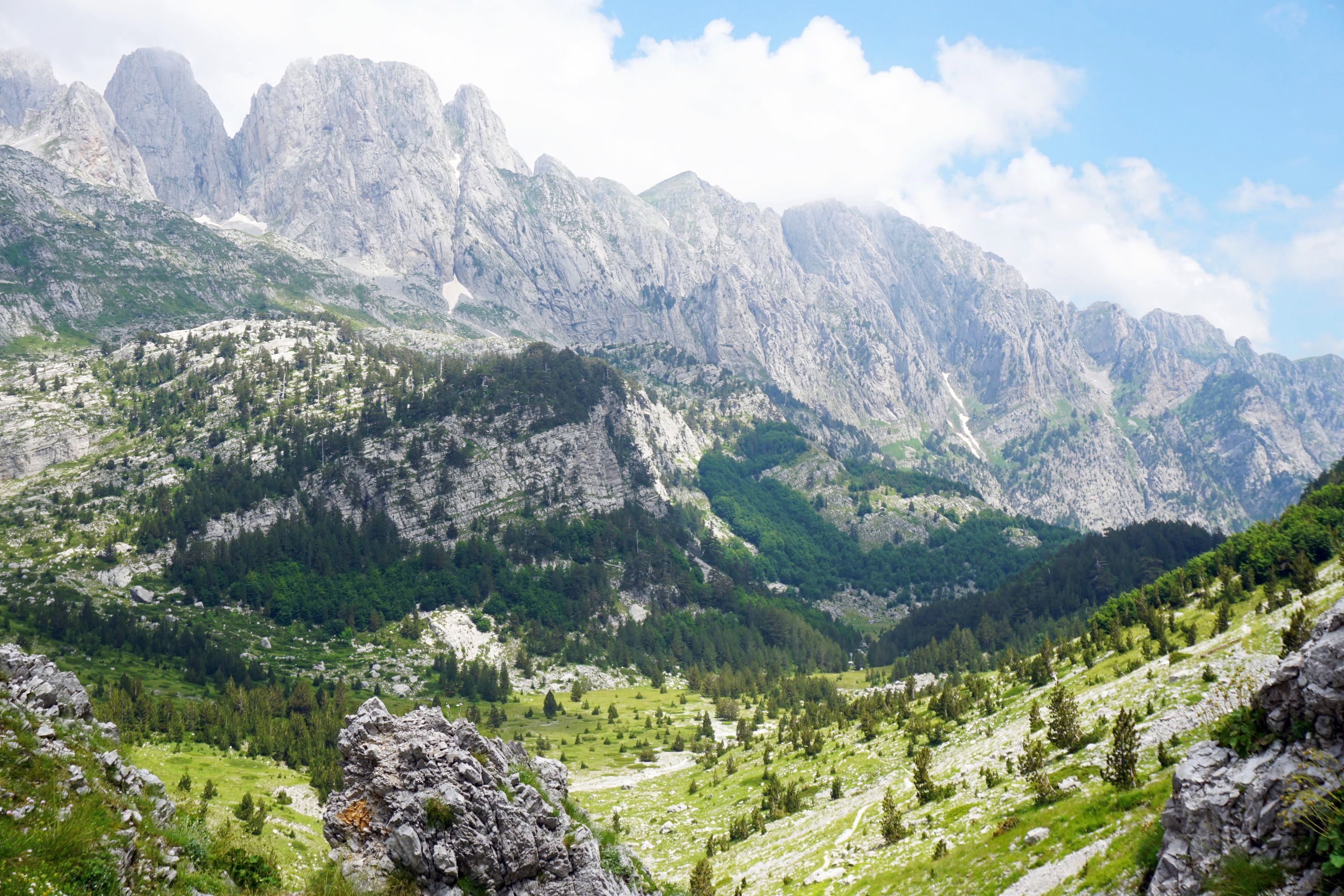
Leave a Reply to J BurryCancel reply